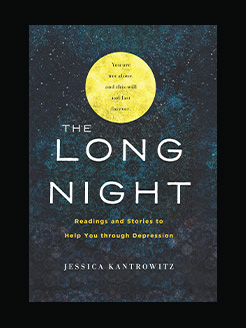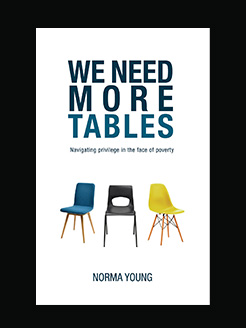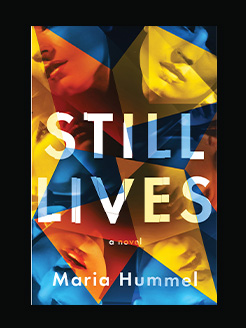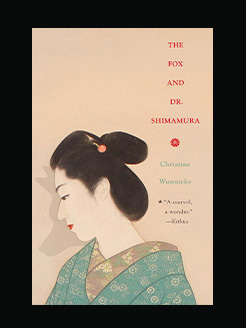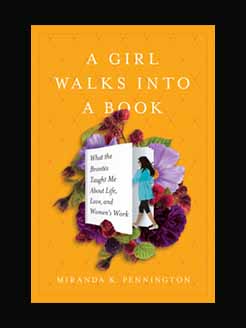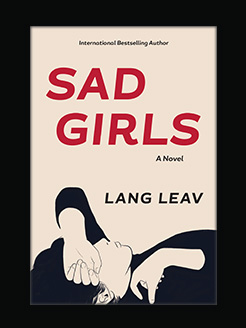Published in 1973
97 pages
Berenice Alice Abbott (1898 – 1991) was an American photographer best known for her portraits of cultural figures of the interwar period, New York City photographs of architecture and urban design of the 1930s, and science interpretation of the 1940s to the 1960s.
Abbott was part of the straight photography movement, which stressed the importance of photographs being unmanipulated in both subject matter and developing processes. She also disliked the work of pictorialists who had become popular during a substantial span of her career, leaving her work without support from this school of photographers. Most of Abbott’s work was influenced by what she described as her unhappy and lonely childhood. This gave her the strength and determination to follow her dreams.
Throughout her career, Abbott’s photography was very much a reflection of the rise in development of technology and society. Her works documented and extolled the New York landscape. This was guided by her belief that a modern-day invention such as the camera deserved to document the 20th century.
The film Berenice Abbott: A View of the 20th Century, which showed 200 of her black and white photographs, suggests that she was a “proud proto-feminist”; someone who was ahead of her time in feminist theory. Before the film was completed she questioned, “The world doesn’t like independent women, why, I don’t know, but I don’t care.” She identified publicly as a lesbian. She lived with her partner, art critic Elizabeth McCausland, for 30 years.
Elizabeth McCausland (1899–1965) was an American art critic, historian and writer. A few years after graduating from Smith College (Bachelor’s degree in 1920 and Master’s in 1922), she began working newspapers based in Springfield, Massachusetts. She taught at Barnard College (1956), New School for Social Research (1946), Design Laboratory (1939) and Sarah Lawrence College (art history, 1942-1944).
She worked in close cooperation with the photographer Berenice Abbott on the publication of her Changing New York series in 1939. The project was sponsored by the Federal Art Project and McCausland wrote the text that accompanied Abbott’s photographs.
Much of her interest in art scholarship was rooted in aspirations towards democracy and social justice. Starting from the mid-1930s, she worked as an art critic and freelance writer. Writing primarily on Social Realist painting and photography, McCausland’s reaction to the art world’s turn to abstraction in the 1950s was grim, stating that she felt it “to be the artist’s flight from reality and from responsibility.” Her feelings softened somewhat in later years, and she wrote that in her holistic commitment to the social aspects of art, she felt she had neglected her own emotional and poetic sides.
McCausland wrote Work for Artists in 1947, which outlined the living conditions and economic status of the American artist. She also authored works on individual artists, including Marsden Hartley, Alfred Maurer, Edward Lamson Henry, Charles W. Hawthorne and George Inness. Other books include: Careers in the Arts, Fine and Applied (1950) and Art Professions in the United States. She also wrote poetry and designed limited edition publications which she printed on her private press.
What is this book about?
Nearly 100 classic images by Berenice Alice Abbott: Rockefeller Center on the rise, Bowery restaurants, dramatic views of the City’s bridges, Washington Square, old movie houses, rows of old tenements laced with laundry, Wall Street, Flatiron Building, waterfront, and many other landmarks.
